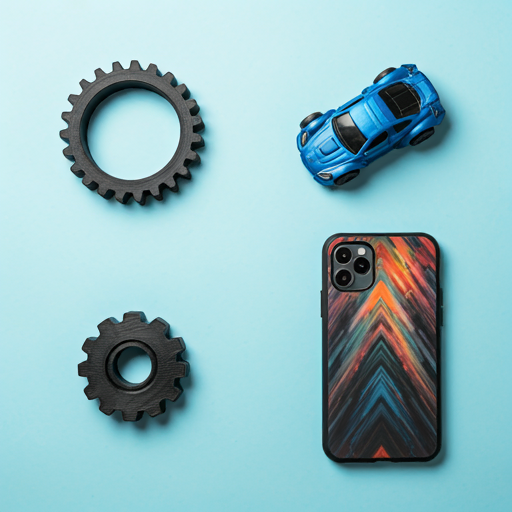
-
How it works
-
Industries
-
Services
-
Material
-
Company
-
Resources



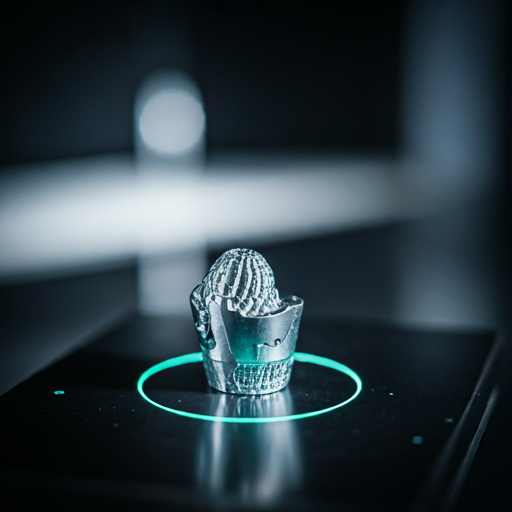
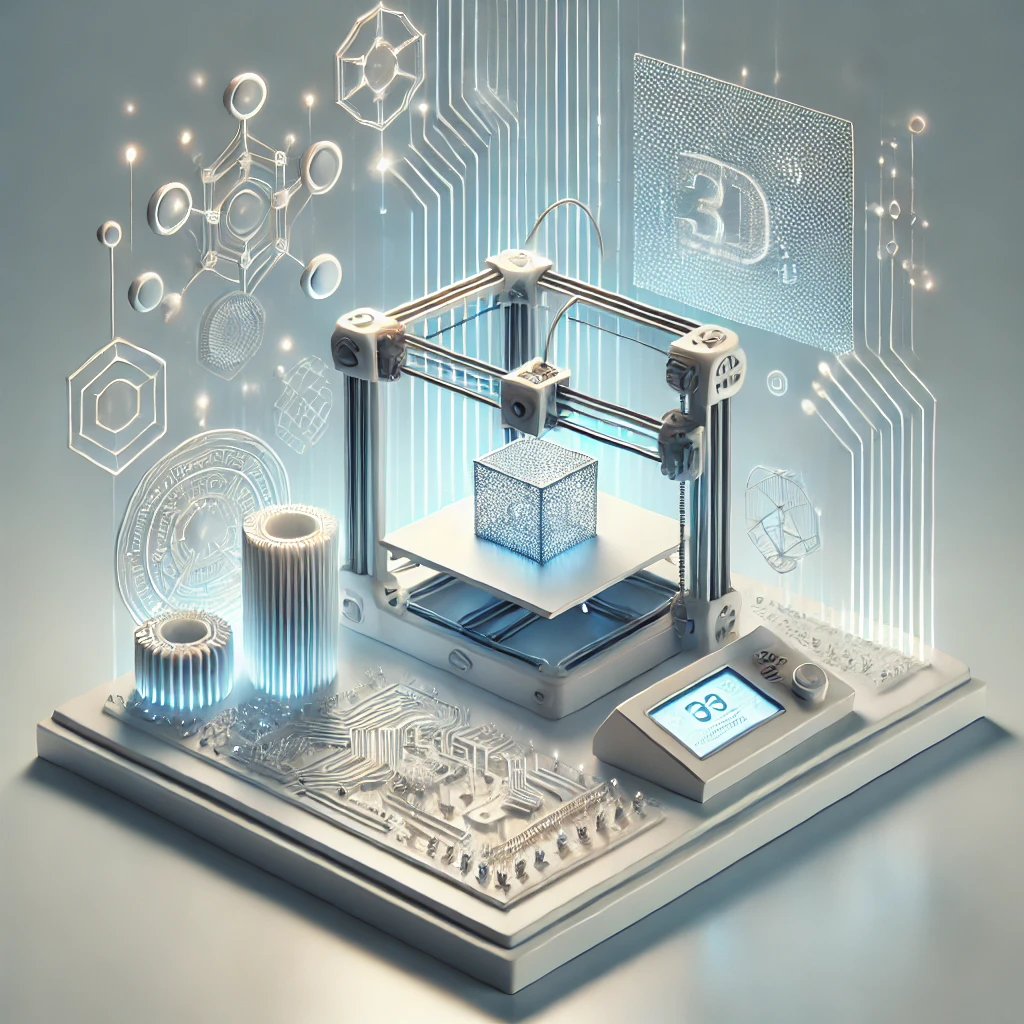
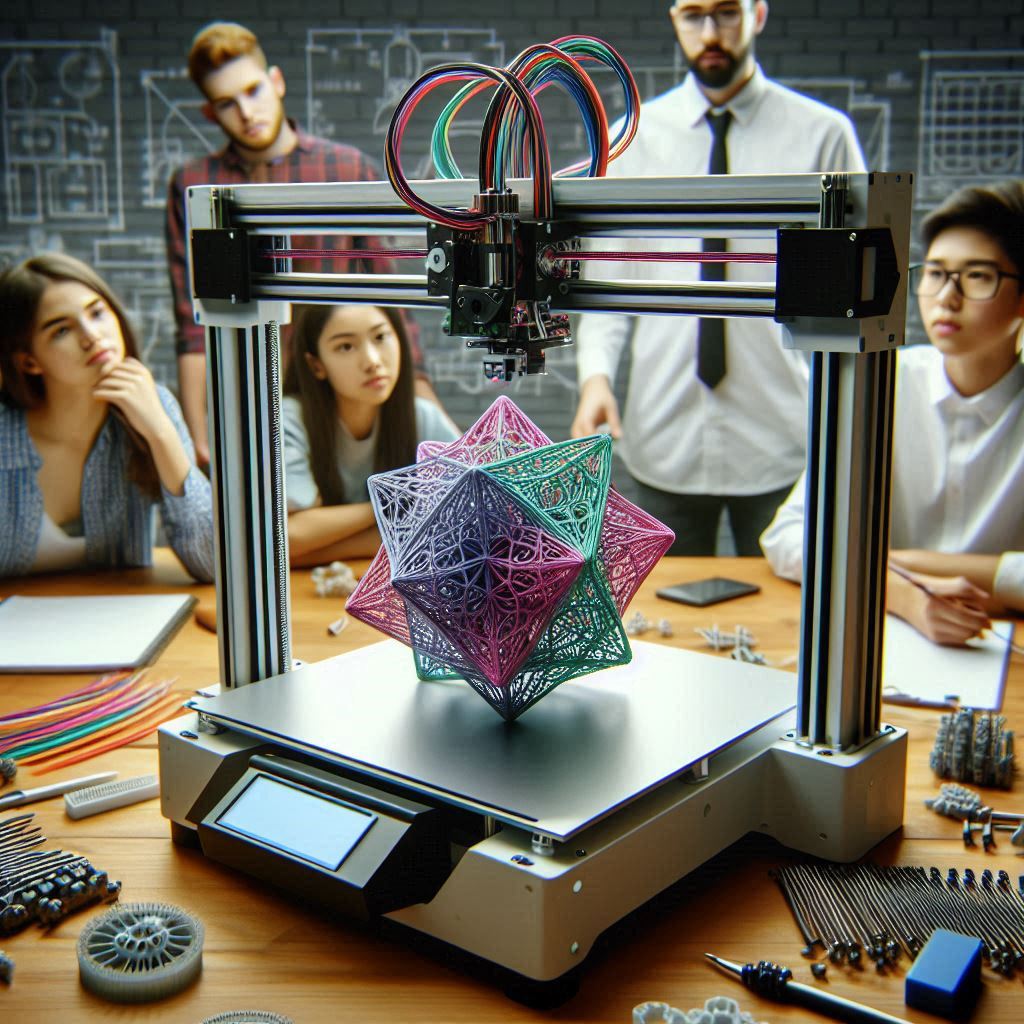
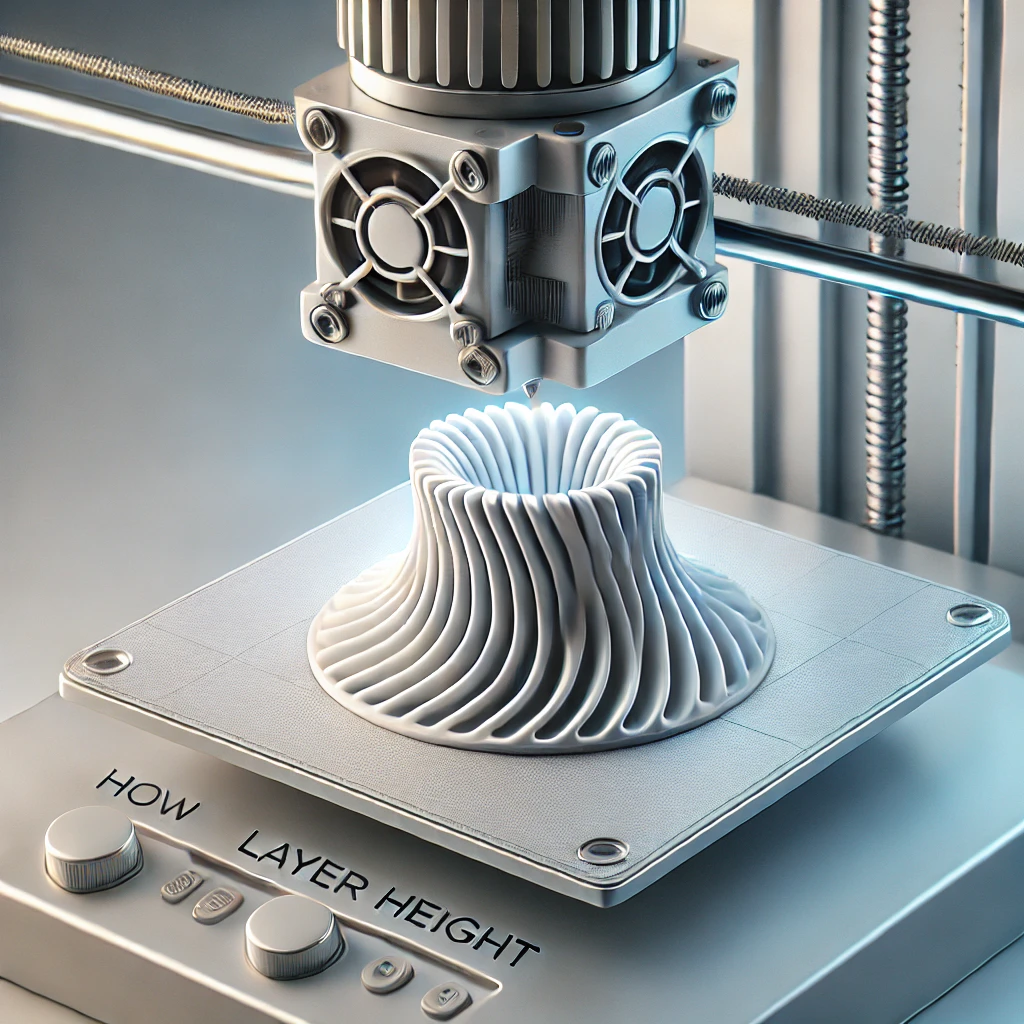
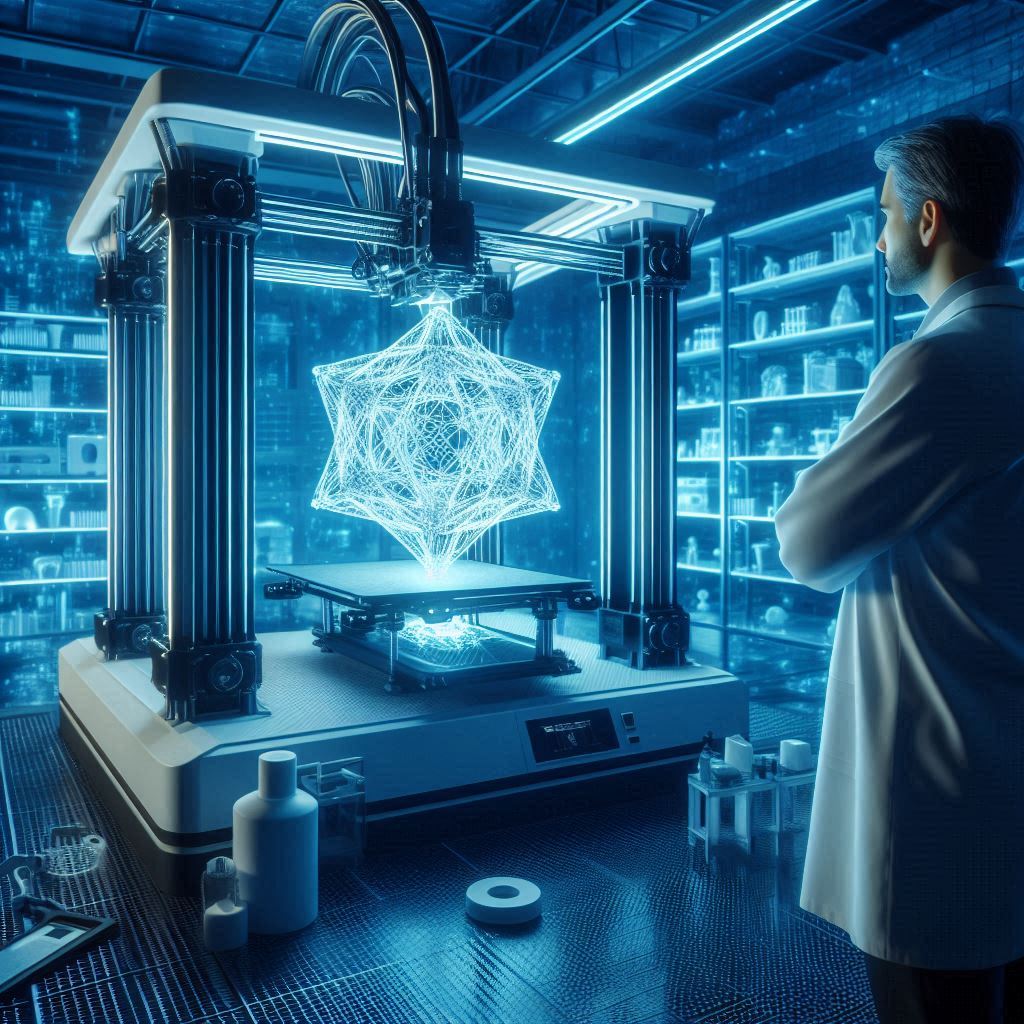

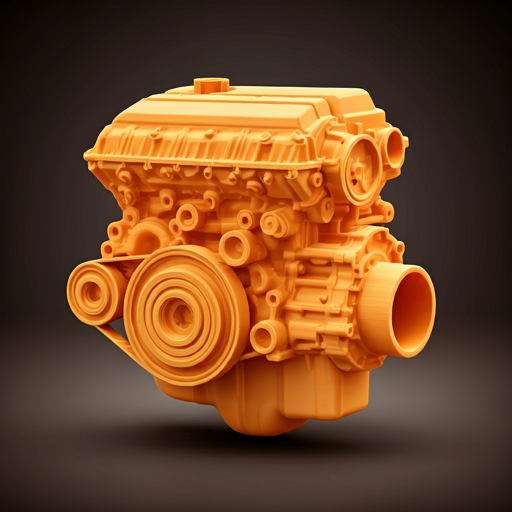
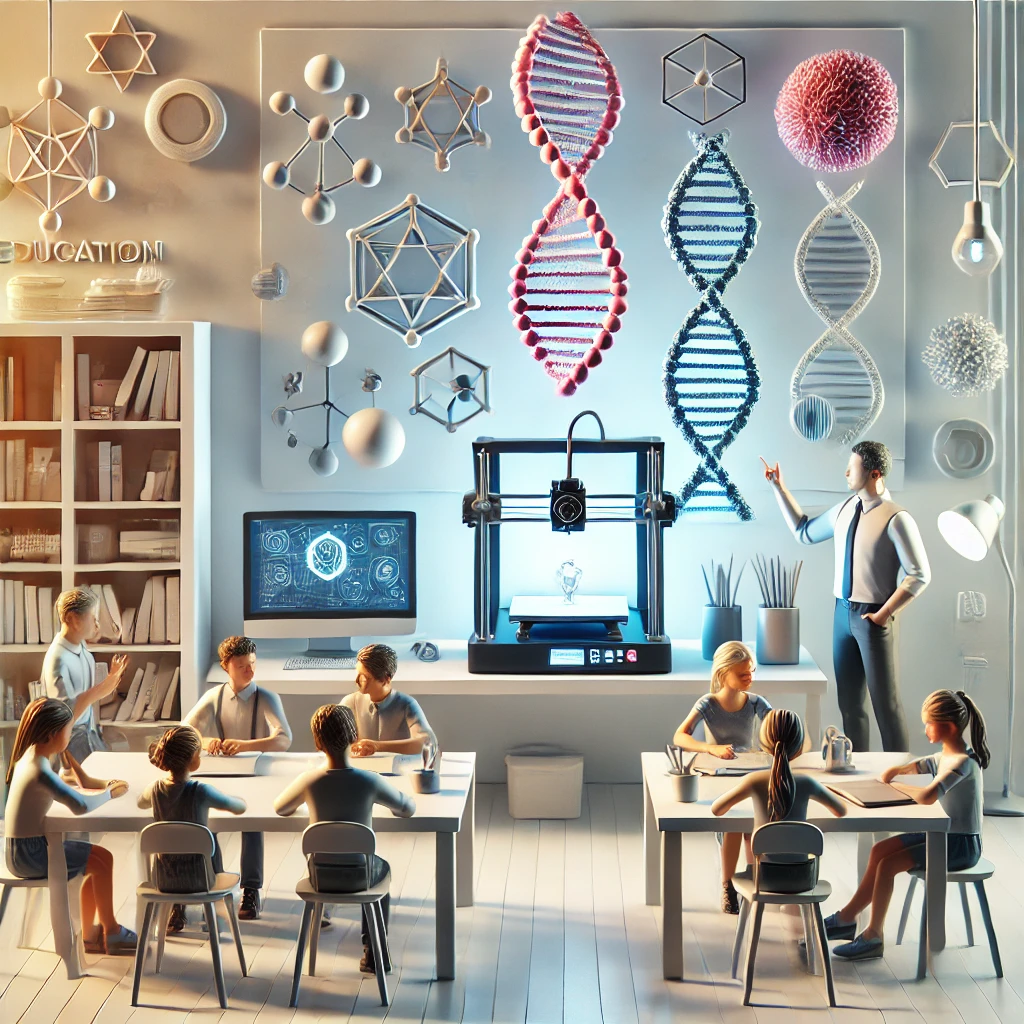
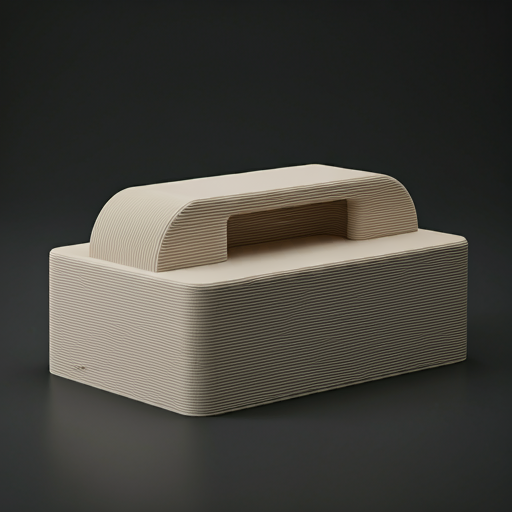
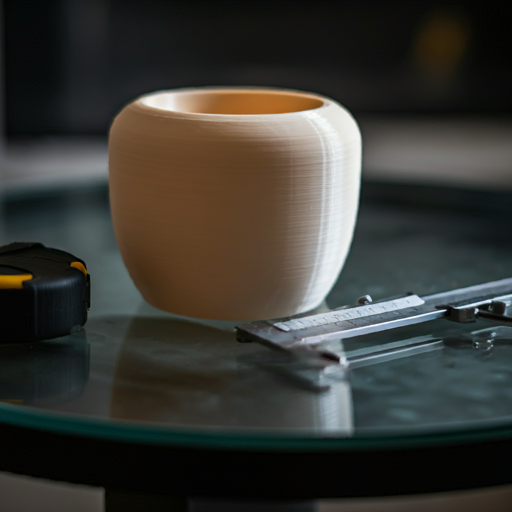
 Industries
Industries
 Resources
Resources




Vision is a next-generation smart speaker designed to be your ultimate AI-powered companion. With integrated ChatGPT AI, Vision offers intelligent, voice-controlled assistance, helping you manage tasks, answer questions, and stay organized with ease. Its lightweight design makes it portable and stylish, fitting seamlessly into any space.
Vision’s Dolby Atmos speakers deliver rich, immersive sound with exceptional clarity and depth, providing a premium audio experience for music, podcasts, and calls. Whether you’re setting reminders, controlling smart home devices, or simply enjoying high-quality audio, Vision combines advanced technology and sleek design to enhance your everyday life.








Vision is more than just a speaker — it’s your intelligent, voice-controlled companion. With integrated ChatGPT AI, it helps manage tasks, answer questions, and entertain through natural conversations. Its lightweight design fits anywhere, while Dolby Atmos speakers deliver immersive, premium sound. Vision is always ready to listen and assist.



Shadow Black: A bold, modern color with a sleek, sophisticated edge.
Cloud White: A clean, minimalist hue that complements any space beautifully.
iamRapid Engineering Design Services specializes in advanced mechanical and electromechanical CAD design, providing expert support for projects of any scale. Our experienced design team guides you in choosing the right design approach, ensuring high-quality CAD services at the best affordable prices.
Understanding customer requirements is our top priority in product design and development. We begin by gathering all necessary data to initiate the process, ensuring a strong foundation for success. Our team leverages their expertise to offer valuable insights and recommendations, helping customers refine their products and make informed decisions.
Through brainstorming and ideation sessions, our research team evaluates all potential concepts, conducts market and feasibility studies, and compiles a comprehensive report. This document is then shared with the customer, allowing them to select the best idea to move forward into the concept development phase.
Once the concept is finalized, it is meticulously designed using CAD software, undergoes simulations for testing, and is then optimized for manufacturability. After the customer approves the CAD design, we proceed to production using the chosen additive manufacturing method. Following production, we perform necessary post-processing to ensure quality and precision before delivering the final product right to the customer’s doorstep.


The ideation phase was essential in shaping the unique and modern design of the Vision smart speaker. This stage focused on defining the overall form and proportions rather than intricate details. By exploring organic shapes through the manipulation of a simple cylindrical base, we experimented with curves, angles, and surface transitions to create a design that feels both sleek and approachable. These hand-drawn sketches helped refine the speaker’s silhouette, button placement, and lightweight structure — balancing aesthetics and functionality in every line.
The CAD modeling phase was crucial in transforming Vision’s conceptual sketches into a detailed, production-ready design. Building on the organic shapes explored earlier, we manipulated cylindrical forms to create a sleek, modern aesthetic while maintaining ergonomic practicality. Special attention was given to the speaker’s proportions, ensuring it was compact yet powerful in presence.
Through advanced 3D modeling software, every element — from the gentle curves to the seamless integration of buttons and speaker mesh areas — were carefully refined. The CAD model allowed us to experiment with material finishes, surface textures, and precise dimensions, balancing visual appeal and structural integrity. This process also helped visualize assembly methods and internal component placement, ensuring the design was both manufacturable and optimized for user interaction.
The result was a digital prototype that captured Vision’s sleek form, lightweight build, and the sophisticated simplicity that defines its character.


3D printing played a vital role in bringing Vision’s design to life. Using high-precision additive manufacturing, we created physical prototypes directly from the CAD models, allowing us to evaluate the speaker’s form, proportions, and ergonomics in real space. This rapid prototyping helped us refine details like button placement, surface curvature, and overall size to ensure a perfect balance between style and functionality.
The prototypes also enabled hands-on testing for structural stability and ease of interaction, giving valuable insights into the product’s real-world feel. By iterating quickly through multiple versions, we could make design adjustments quickly and accurately, ensuring Vision’s final form was visually striking and user-friendly.


After successfully validating the Vision smart speaker’s design through 3D-printed prototypes, the next step is planning for scalable, cost-efficient mass manufacturing. While 3D printing was crucial for testing form, fit, and function, mass production requires a refined approach focused on material selection, production precision, and market positioning.



The transition from prototyping to mass production directly shapes Vision’s cost structure and market positioning. Thoughtful material and process selection will drive production efficiency, product quality, and pricing strategy.
Economies of Scale: Batch manufacturing acts as a critical intermediary step, refining production techniques and assessing market readiness. This phase ensures cost-effective, high-quality output before committing to full-scale production.
This case study highlights how 3D printing accelerated Vision’s design validation, allowing efficient refinement of form, fit, and functionality. As we move toward mass production, balancing quality, cost, and scalability becomes critical. Premium models may benefit from CNC machining and high-end materials, while mid-range and budget versions can leverage efficient injection molding processes. Future steps will focus on optimizing design for manufacturability and conducting batch production to ensure Vision’s readiness for large-scale market success.